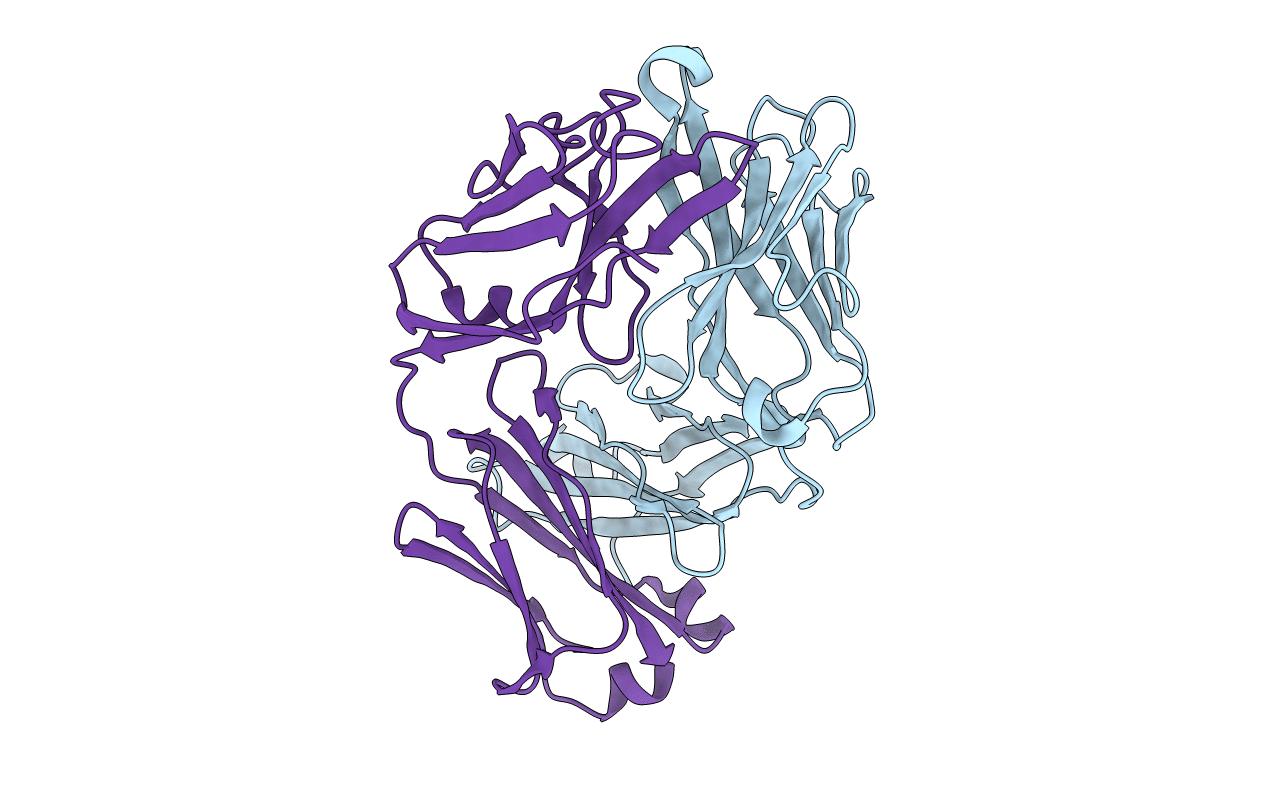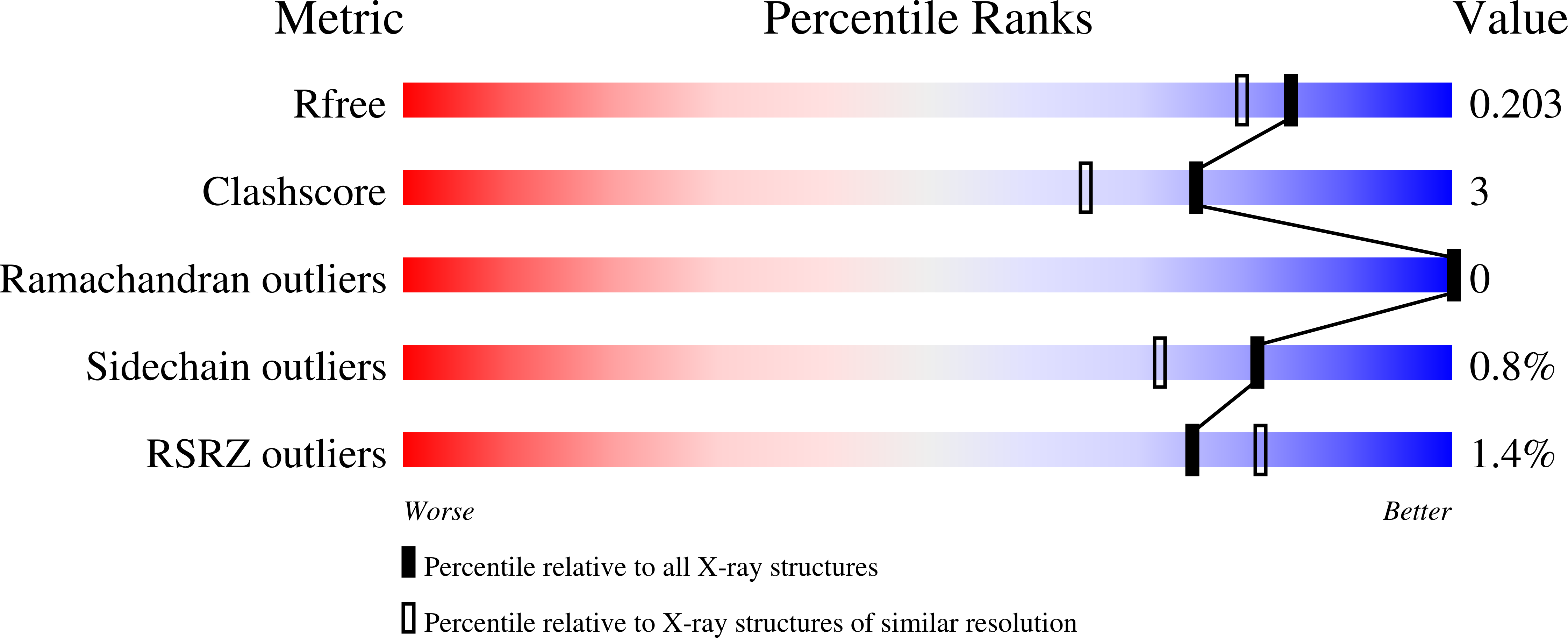
Deposition Date
2017-01-23
Release Date
2017-12-06
Last Version Date
2024-10-30
Entry Detail
PDB ID:
5UKN
Keywords:
Title:
Structure of unliganded anti-gp120 CD4bs antibody DH522UCA Fab
Biological Source:
Source Organism:
Macaca mulatta (Taxon ID: 9544)
Host Organism:
Method Details:
Experimental Method:
Resolution:
1.75 Å
R-Value Free:
0.20
R-Value Work:
0.16
R-Value Observed:
0.16
Space Group:
P 31 2 1


